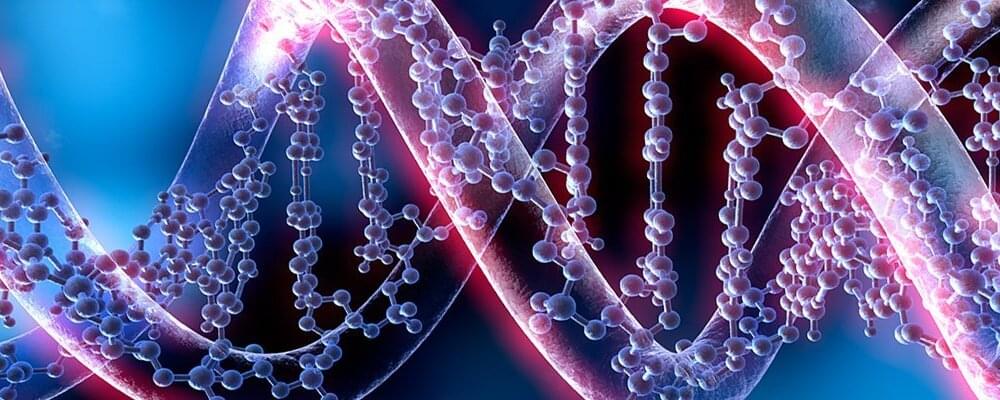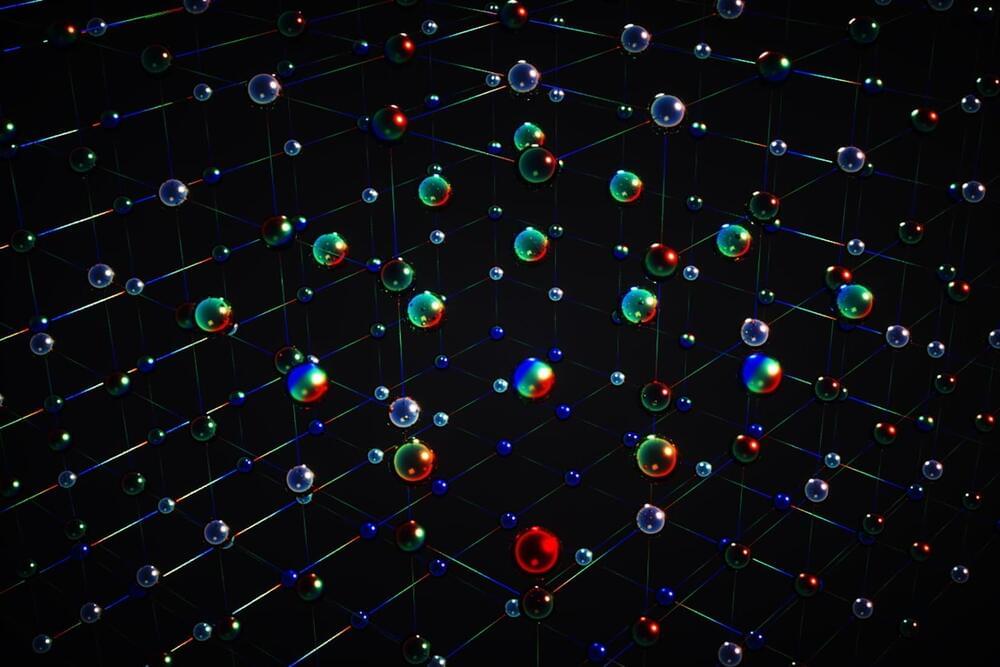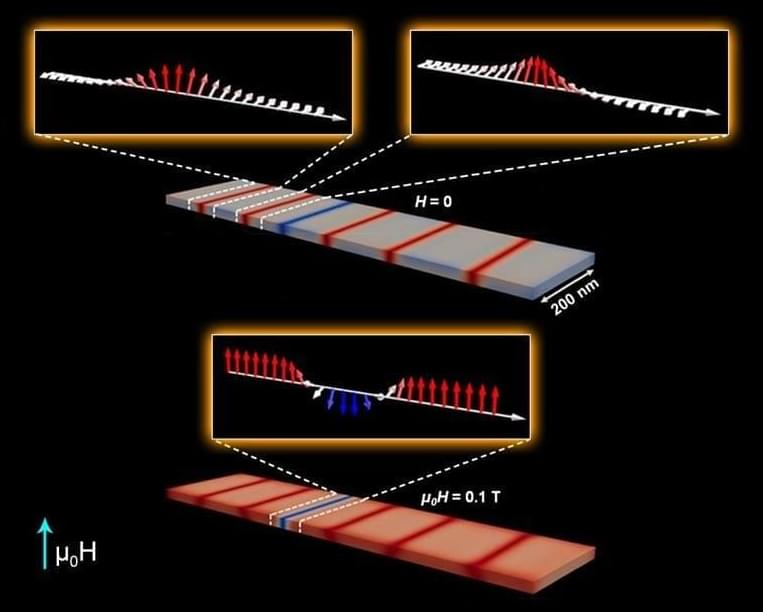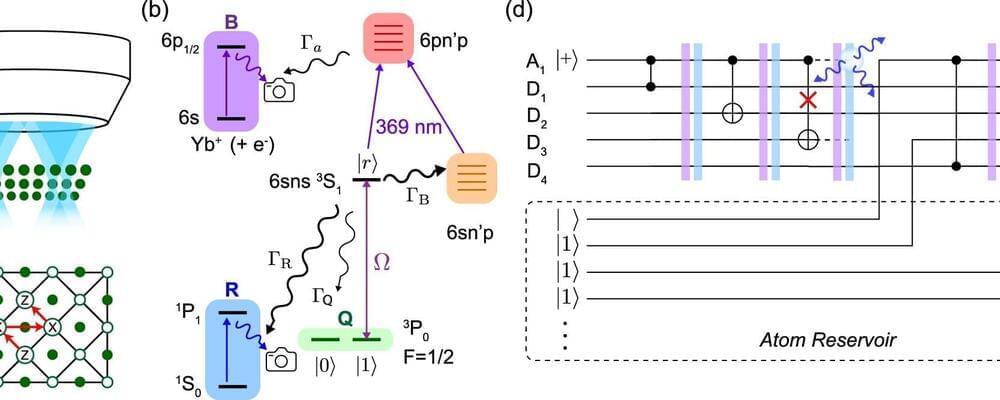It ended up nothing like Ever Given.
The Suez Canal was briefly blocked again after a tanker, Affinity V, ran aground very close to where Ever Given was stuck for nearly a week last year. The blockage of the Suez Canal made global headlines in March of 2021 when one of the largest containers ever built, Ever Given, ran aground. It took authorities six days to get the giant ship afloat again, but the incident had stalled marine cargo traffic on the shortest route between Europe and Asia.
Following the incident, the Suez Canal Authority (SCA) accelerated the construction of a second channel in the canal, allowing ships to pass in both directions.
If the video player is not working, you can click on this alternative video link.
Did you know that the Suez Canal actually has a riveting history? The ancient Egyptians were interested in connecting the Nile to the Red Sea at one point and, after thousands of years, Napoleon Bonaparte actually made plans to make that connection a reality.








